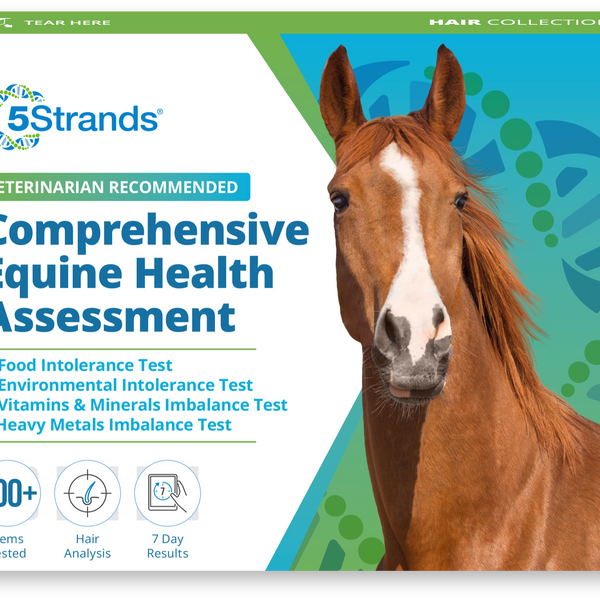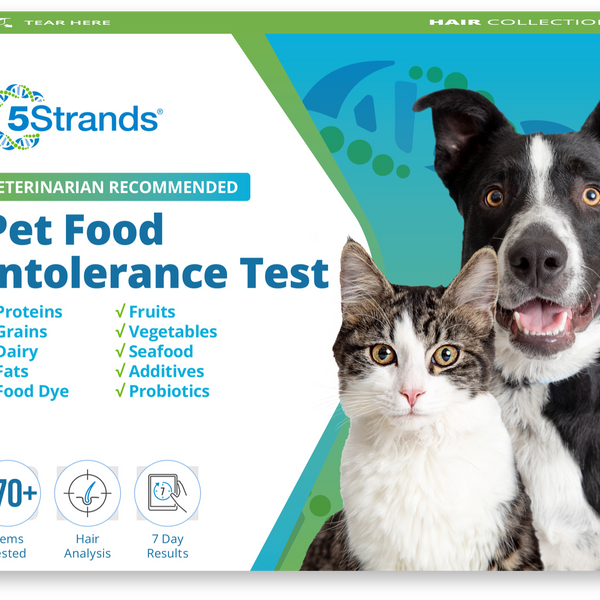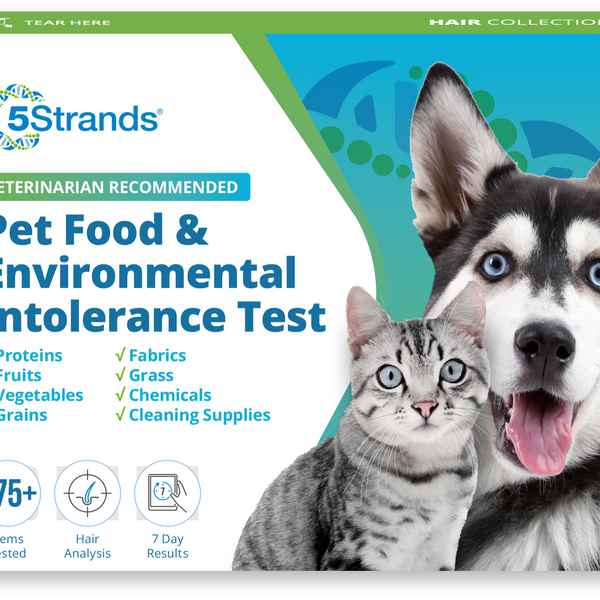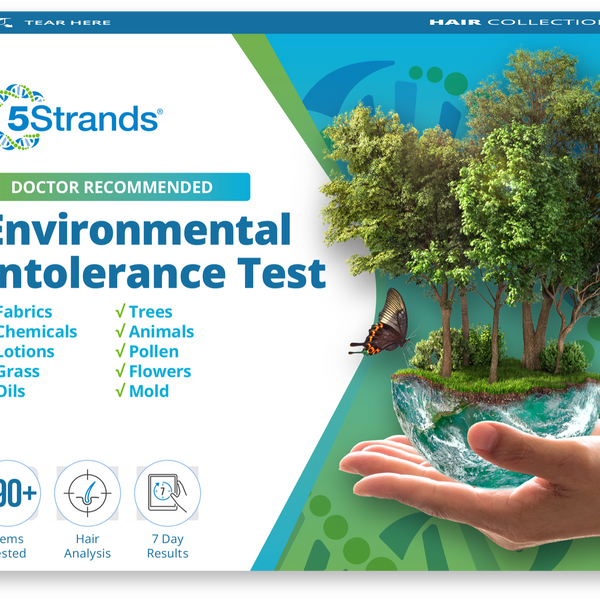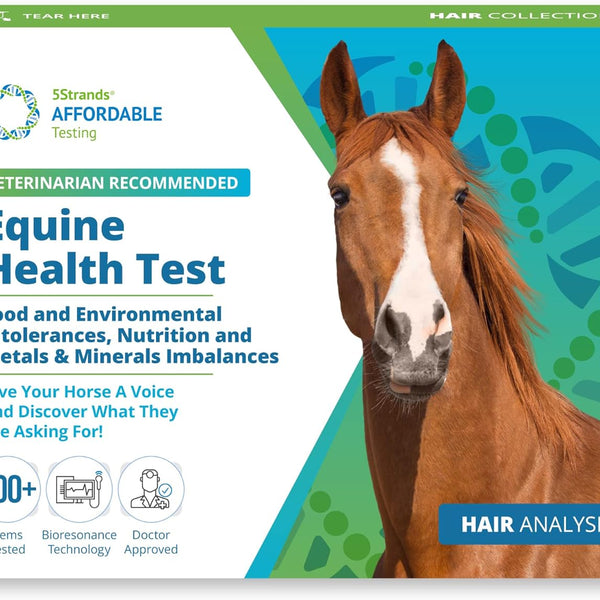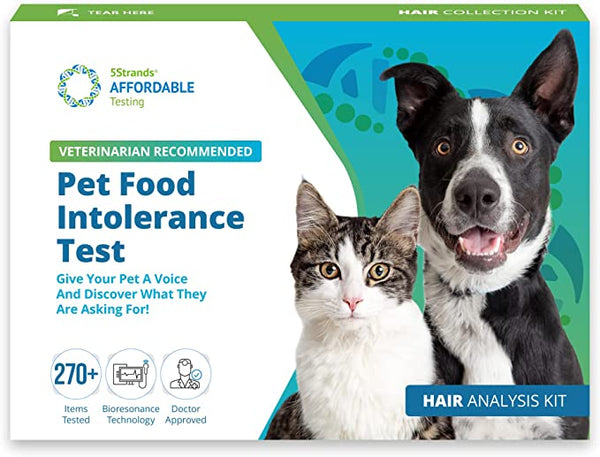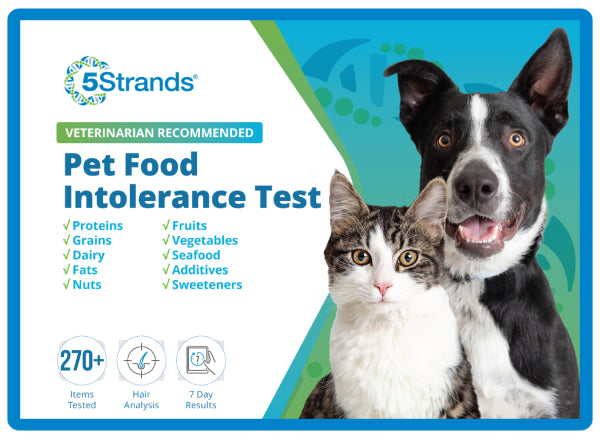By Robbi Hess
Our dogs can’t tell us when they aren’t feeling well or what is sore or aching. Pet parents who pay attention to their dog’s body language can quickly recognize when something just isn’t right with their beloved canine. While we cannot expect a pet parent to be able to recognize and diagnose his or her dog’s ailments, paying attention to the signals and symptoms of illness will be able to determine whether a call to their veterinarian is necessary.
When you understand the symptoms of common diseases that could affect your dog, you will be better equipped to know if what your dog is suffering from warrants a vet visit or if you can care for your dog at home.
Education and attention is key to recognizing and understanding certain afflictions that could impact your dog. The key is to pay attention to your dog, identify and write down as many symptoms (and what might trigger them and when); as this will help your veterinarian narrow down a diagnosis.
When in doubt, and if symptoms don’t clear up, you need to consult your veterinarian before you attempt any kind of at-home treatment.
Some common ailments your dog may suffer and symptoms you need to pay attention to include:
- Appetite changes - increased or decreased
- Coughing or trouble breathing
- Diarrhea
- Drinking habit changes
- Eye changes
- Itching, hot spots or hair loss
- Pale gums
- Personality changes
- Stiffness or lameness
- Urination changes – increased or decreased
- Vomiting
- Weight gain or weight loss
This is by no means a complete list of symptoms or potential ailments that could befall your dog. This will give you insight into what to look for and when to call your veterinarian. When in doubt, always call your veterinarian.
Pet Dog Symptoms Checker A To Z
1. Appetite changes - increased or decreased:

If your dog typically races to his dish and gulps down all of his food but now he is not interested in his food or is nibbling at it, this could be a cause for concern. As with people, our dogs will also have changes in appetite because on some days he will be more hungry, other days less hungry. This may not be cause for concern unless the change in your dog’s appetite and eating habits changes drastically and if he doesn’t revert to his typical eating habits.
The loss of appetite is an indicator of a myriad of potential health issues. Some of those health conditions could be mild (he just has an upset tummy) or serious (like dental disease or even anorexia).
Try to tempt your dog by offering a treat of cooked hamburger or chicken or even his favorite treats and see if that lures him to eat. Don’t let the loss of appetite linger too long before you call your veterinarian.
Conversely, if your dog is suddenly ravenous when in the past he was a dainty eater, that could be another reason to monitor his appetite and call your veterinarian and discuss the situation.
2. Coughing or trouble breathing:
If your dog suddenly starts coughing, shows trouble breathing or has any kind of nasal discharge, these could be the symptoms of a respiratory health issue. This could be anything from a cold to kennel cough to the most drastic health issue – heart failure.
If your dog coughs and it sounds like he is “honking” it could be a sign of tracheal collapse, and this is a common condition in some small dog breeds.
A blue tint to your dog’s tongue and gums should be considered a veterinary emergency and requires an immediate call to your veterinarian. The occasional cough or “honk” are symptoms that should be monitored but it could simply be that your dog has a cough. It’s the sudden change in breathing or coughing that requires a call to your veterinarian.
3. Diarrhea:
There can be many triggers as to why your pet may develop diarrhea.
- parasites - such as roundworms, hookworms, whipworms. You will typically see these in puppies or older pets with a weakened immune system.
- bacterial infections
- poisonous substances or plants
- viruses such as parvovirus, distemper, coronavirus
- medications
- stress
- changes in your pet’s diet
- allergies
- food intolerances
It is important for you to examine your pet’s poop. Most of the time the cases are mild and do not require a trip to the vets office. There are many home remedies that you can try. If the home remedies do not work and the diarrhea persists for more than a few days, then a trip to the vets might be in order.
4. Drinking Habits:
You may not pay too much attention to how much your dog drinks on a daily basis. You know you fill the water bowl and ensure clean, fresh water is always available.
If your dog is drinking too little OR too much water, this could indicate your dog has:
- A fever
- Kidney disease
- Diabetes
- A hormonal issue
It’s always wise to monitor your dog’s water intake so you will notice when there are changes because they could be subtle.
5. Eye Changes:
If your dog is squinting or won’t fully open her eyes it could indicate a health issue as can runny or red eyes. These symptoms could run the gamut from a mild eye infection to an ulceration or even glaucoma.
If you notice your dog pawing at her eyes, do what you can to stop this activity because she could cause serious eye injury.
6. Itching, hot spots or hair loss:
Alopecia is hair loss that can impact humans as well as our dogs. If your dog is constantly itching, he could have allergies, fleas or a skin infection. Persistent scratching can also lead to broken skin and the potential for an infection.
Inspect your dog’s skin for flea dirt, discharge, pain, odor, discharge or other skin irritation. Give your dog a bath in a mild dog-safe soap. If the itching and skin irritation persists, give your veterinarian a call to help rule out allergies to food or even your dog’s environment.
There are also some easy to use at home test kits that can help determine whether or not your pet is suffering from food or environmental intolerances. The 5Strands Food and Environmental intolerance test looks at over 380 common items that could be causing issues for your pet. They utilize a hair sample so it is simple and pain free. All you need to do is pluck 10-15 strands of your pet’s hair and send it off in the packaging received. Once the hair sample is received at their processing center, it takes 5-7 days to receive the results. It is formatted to indicate which items your pet has responded to so you can conduct an elimination plan and see if the symptoms lessen. This test kit will allow you to get to the root cause of any dietary discomforts that may be causing your pet’s unwanted symptoms.
7. Pale gums:
Chances are you don’t normally lift your dog’s lips and look at her gums, but if you do, you should know that:
- Dogs normally have moist, pink gums
- Pale gums could indicate a dog who is suffering shock from a trauma
- It could be a sign your dog is anemic
Pale gums, trouble breathing and lethargy or any combination of these should be cause for concern and warrant an immediate call to your veterinarian.
8. Personality changes:
One of the first signs that your dog is feeling out of sorts could be a change in her personality. She may hide under the bed, shy away from your touch, be lethargic or uninterested in activities she usually enjoys. Your usually-friendly pup may growl or nip; if she growls when you touch a particular area of her body, pay attention to that because that is the likely cause of the change in personality.
Your dog who isn’t feeling well may not hide at all. She may become a “Velcro dog.” She may be more needy than usual, and this could be simply because she is feeling ill.
9. Stiffness and lameness:
Depending on the age and size of your dog, lameness and stiffness could be a sign of arthritis. If your dog – no matter her age – starts limping, has trouble walking and shows signs of stiffness and if she has trouble standing up or lying down it could be a sign of joint issues, a broken bone, hip dysplasia or an infection like Lyme disease.
Mild signs of lameness or stiffness should be monitored and your dog’s activity should be limited. If there is no other sign of illness or change in your dog’s behavior a day of rest may be just what the doctor ordered. If the symptoms persist and your dog seems to be in any kind of pain, call your veterinarian.
10. Urination changes:

If your dog is house-trained and wouldn’t normally go to the bathroom in the house and he suddenly starts urinating in the house, this could be a sign of an illness.
Be on the lookout for:
- Increases or decreases in urination
- Frequency of the need to urinate
- Straining to urinate
- Blood in the urine
Pay attention to these signs because:
- Blood in your dog’s urine could be a sign of a urinary tract infection, blood problems, bladder stones, or even cancer.
- When your dog is urinating excessively, he could have a health issue with his kidneys, or this could also be a sign of diabetes.
- If you notice your dog straining to urinate, it will warrant a visit to your veterinarian.
If you notice any changes in urination, take a sample of your dog’s urine to the veterinarian so he or she can test it.
11. Vomiting:
Dogs vomit. That’s a fact of life. They eat foreign substances and grass, and that leads to vomiting. That is considered “normal.” If your dog is acting like himself and has vomited, it’s likely not a cause for concern.
Pay particular attention to a puppy in your life if he is vomiting because that could be a sign of parvovirus and should be ruled out by your vet.
Always analyze your dog’s vomit before cleaning it up. Look for any foreign substances that do not look like food. If there is blood in your dog’s vomit, call your veterinarian.
If your dog is not exhibiting any other signs of an illness, feed him a bland diet. A recommended diet is: boiled chicken or hamburger mixed with rice. Feed small amounts for a day or two. If your dog is still vomiting and is accompanied by a loss of appetite, lethargy or dry heaves, call your veterinarian.
12. Weight Gain or Loss:
Our dogs typically stay at their same weight – give or take a couple of pounds – but if you notice your dog is eating her normal amount of food but is losing weight, this could be a red flag.
If your dog is gaining weight and you haven’t changed the amount of food you give her or the level of activity she gets, you should give your veterinarian a call.
This is by no means an extensive list of dog health symptoms or issues that could befall your dog, but it’s a great primer on what the observant pet parent needs to focus on to ensure his or her dog is as healthy as can be.
At any time, a call to your veterinarian is warranted if you have any type of concern. Your vet will likely tell you to not hesitate to call to ensure your dog is healthy.
About the author: Robbi Hess is a multi-petual pet parent and shares her life with two mini poodles, a goldendoodle, two Devon Rex, a senior ginger cat and a bearded dragon. She is an award-winning author and copywriter focusing her skills in the pet space. Find more about her at RobbiHess.com

